Alibaba.com showcases a diverse range of lace-free safety shoes designed to meet the needs of various industries. Among the offerings, there are Unisex Black Anti-slip, Oil Resistance, Soft EVA, Lightweight, and Fashionable Non-Safety Kitchen Chef Shoes, tailored for those who work in the culinary sector and prefer footwear without the hassle of laces. For more rugged environments, the selection includes Waterproof Leather and Steel Toe protection options, suitable for heavy industry work.
The platform also caters to specific market demands with products like the Safety Water Proof Anti-Slip Work Shoes, which come with an Iron Toe and Puncture Resistant features, ideal for challenging work conditions in regions such as Africa and Dubai. For those seeking a balance between performance and aesthetics, there are options that combine Anti-slip functionality and Steel Toe protection with a sporty, lightweight design.
Additionally, for sectors that require stringent safety measures, Alibaba.com offers Oil and Water Resistant Non-Slip Safety Boots with Steel Toe and Anti Puncture capabilities, adhering to S3 SRC standards. The range extends to specialized footwear that is crafted to be Lightweight, Breathable, and Slip Resistant, making them suitable for both men and women in the construction industry.
Lastly, the platform does not overlook the need for comfort in safety gear, presenting construction genuine leather safety joggers that are comfortable and designed for extended wear. With such a comprehensive array of lace-free safety shoes, Alibaba.com stands as a go-to destination for protective footwear that combines safety, comfort, and convenience.



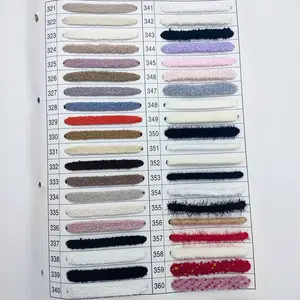

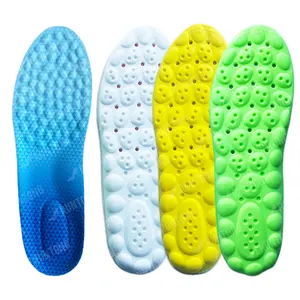





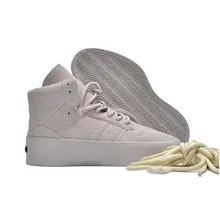
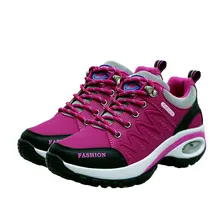
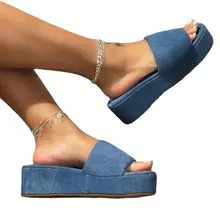


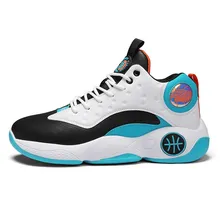



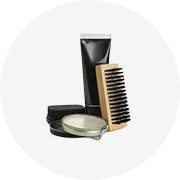
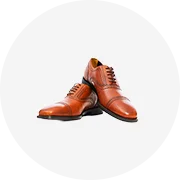
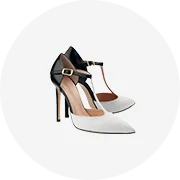
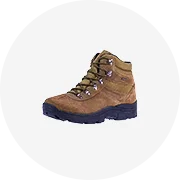
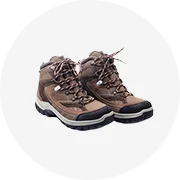
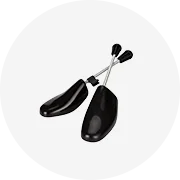

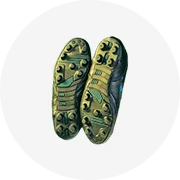











 浙公网安备 33010002000092号
浙公网安备 33010002000092号 浙B2-20120091-4
浙B2-20120091-4